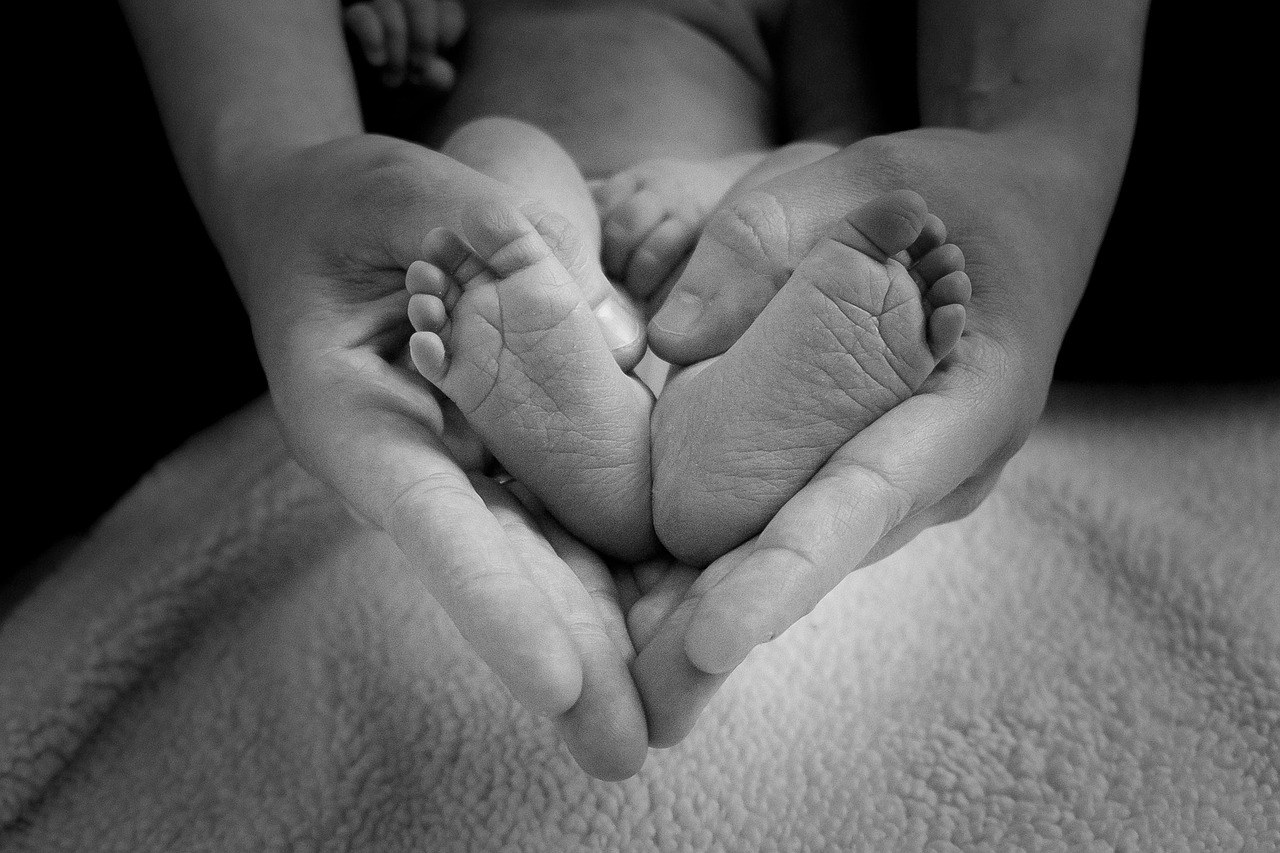Feeling worn down by a relationship can be disorienting – one week you’re laughing at inside jokes, the next you’re counting the hours until you can be alone. That shift does not automatically mean the love is gone; it may be a temporary dip, a season of stress, or the early fog of relationship burnout settling over daily life. The goal is not to panic but to pause, observe, and choose your next step with care.
Every long-term bond changes shape over time. The early rush that once powered date nights often yields to routines, bills, deadlines, and errands. When connection starts to feel like one more task on a crowded to-do list, the mind naturally asks uncomfortable questions. That voice can be useful – it can nudge you to notice friction points, name unmet needs, and take small actions that brighten the tone of everyday interactions before frustration hardens into full-blown relationship burnout .
This guide reframes that drained feeling. Instead of assuming the worst, you’ll slow down, test whether you’re in a passing rut or a deeper pattern, and either rekindle your spark or exit gracefully. You won’t find miracle cures here; you will find practical moves that respect both partners’ dignity and make space for honest decisions.

Are You Truly Tired – or Just Stuck in a Phase?
Start by asking a deceptively simple question: are you exhausted with your partner, or exhausted with life spilling into the relationship? Major transitions can pull attention away from romance – new jobs, family responsibilities, moving homes, or even too much time spent in the same rooms doing the same things. When novelty fades, it’s easy to confuse boredom with incompatibility and label it relationship burnout .
Look at your recent weeks. Have work hours stretched later than usual? Are you both glued to screens in the evening? Has every conversation drifted toward logistics – money, chores, schedules – with little room for curiosity or play? A relationship can feel heavy simply because the day has been heavy. When routines shrink, so do opportunities for warmth and surprise.
Check your emotional habits, too. Do you still turn toward each other when one of you reaches out, or do small bids for attention go unanswered? Do compliments and thank-yous still flow, or have they been replaced by quick critiques? These micro-moments accumulate – in time they tilt the climate of a home. Noticing them early can stop a slide toward relationship burnout and restore a friendlier rhythm.

Why Relationship Energy Fades
Before you try to fix anything, map the forces at play. Naming the pattern reduces its power and clarifies your options. While every couple is unique, several common dynamics often sit beneath relationship burnout :
-
Monotony that dulls the senses. Repeating the same meals, the same shows, the same routes to the same places can make time feel flat. Without fresh inputs, conversation thins and the relationship can feel smaller than it is.
-
Stress overload. When work, caregiving, or financial strain ramps up, tenderness is often the first casualty. The body shifts into survival mode and patience runs low.

-
Unresolved tension. A handful of small, unspoken grievances can pile up until the atmosphere feels brittle. Avoidance promises peace but often breeds distance.
-
Imbalance of effort. If one person carries most of the planning, listening, or household load, resentment quietly builds, and the other may feel micromanaged or criticized.
-
Loss of individuality. When hobbies, friendships, and private time evaporate, partners can feel fused rather than connected – and paradoxically, lonelier.
-
Mismatched expectations. Different ideas about affection, independence, money, or future plans can create friction even when both people are kind and well-intentioned.
-
Digital drift. Phones and tablets promise rest but often siphon attention away at precisely the moments when presence would have mattered.
Practical Ways to Reboot the Connection
You do not have to overhaul your entire life to change the tone at home. Small, visible steps – repeated – can create momentum and soften the edges of relationship burnout . Try these moves and notice what shifts for both of you.
-
Begin with an honest, gentle talk. Share your experience without blame: what feels heavy, what you miss, what you hope to try. Ask what your partner has noticed. Aim for clarity over victory – the goal is understanding, not a scorecard.
-
Reintroduce low-stakes flirting. A quick compliment, an inside joke, a playful text sent midday – these tiny signals prime the brain to expect warmth later.
-
Design novelty on purpose. Swap your usual restaurant for a new neighborhood spot, learn a simple recipe together, or explore a nearby trail. New experiences give you fresh material to talk about.
-
Schedule separate time as care, not punishment. Paradoxically, a little space can make closeness easier. Take a solo class, see friends, or enjoy a quiet hour with a book. Autonomy breathes oxygen into relationship burnout .
-
Try a mini-reset at home. Rearrange a room, create a tech-free corner, light a candle at dinner, or start a no-phones ritual after a certain hour. Small environmental shifts change behavior.
-
Make appreciation visible. Say thank you for everyday efforts – the coffee made, the dog walked, the late-night drive. Specific praise lands better than vague applause.
-
Set a joint micro-goal. Plan a weekend outing, train for a casual event, or pick a skill to learn together. Working side by side turns pressure into partnership – a quiet antidote to relationship burnout .
-
Create a shared ritual. Morning check-ins, evening walks, or Sunday playlists can anchor your week. Predictability lowers anxiety and increases warmth.
-
Practice active listening. When your partner speaks, slow down: reflect back what you heard, ask a follow-up, resist the urge to fix. Feeling heard restores goodwill.
-
Recalibrate expectations. Name what matters most right now – affection, teamwork, rest – and agree on a few simple targets. Aligning priorities reduces the static that powers relationship burnout .
-
Surprise each other on ordinary days. A note in a pocket, a favorite snack, a rearranged chore list – nothing flashy, just thoughtful.
-
Bring back intentional touch. Hold hands while walking, share the couch, hug a few beats longer. Gentle physical contact can quiet defensiveness and rebuild trust.
-
Invest in “me time” without apology. Personal growth fuels relational growth. When each person feels alive in their own right, the couple gains energy – and relationship burnout loses ground.
-
Plan future fun. Put a dream day or trip on the calendar, even if it’s modest. Anticipation adds color to the mundane.
-
Share progress on personal goals. Swap updates on reading lists, fitness, creative projects, or career steps. Cheering each other on builds pride and closeness.
-
Try mindfulness together. A few quiet minutes of breathing, stretching, or a short guided practice can lower reactivity and make conversations gentler.
-
Invite play. Games, goofy challenges, or spontaneous dancing in the kitchen – lightness counters the seriousness that often fuels relationship burnout .
-
Revisit happy memories. Look through old photos or return to a place that mattered to you. Remembering your origin story can warm the present.
-
Learn each other’s ways of giving and receiving care. Some people light up at words of affirmation, others at shared time, helpful actions, small gifts, or touch. Speaking the language your partner hears best is efficient kindness.
-
Seek professional support if needed. A counselor offers a neutral setting and practical tools. External structure can jump-start stalled conversations and relieve the pressure that intensifies relationship burnout .
When Effort Isn’t Enough
Sometimes the most loving choice is to accept that the connection you built has run its course. If you have tried to repair patterns, honored each other’s needs, and still feel drained or small, it may be time to step back. Recognizing the difference between a rough patch and persistent relationship burnout protects both partners’ well-being.
-
Conflict without resolution. Arguments repeat with the same themes and no new understanding. You both know the lines, and neither feels safer afterward.
-
Trust broken beyond repair. When honesty is repeatedly compromised, suspicion shapes every exchange. Transparency cannot be forced into place.
-
Roommate energy. You coordinate schedules and tasks smoothly but intimacy is absent, and efforts to revive it stall.
-
Clashing life paths. Core values or future directions diverge – where to live, how to build family, what rhythm of independence you each need. Respect does not erase a fundamental mismatch, and friction keeps feeding relationship burnout .
-
Ongoing unhappiness. The relationship adds more anxiety than ease; your body feels tense at the thought of ordinary interactions.
-
Exhaustion after earnest attempts. You’ve talked, adjusted, sought support, taken space – and the climate remains cold.
-
Eroded respect. Sarcasm, contempt, or chronic dismissiveness replace kindness. Without respect, tenderness struggles to land.
-
Needs consistently unmet. Emotional or physical needs are voiced and acknowledged, yet the pattern does not change over time.
-
Isolation from your people. You drift away from friends and family, or feel pressured to do so. The circle that once sustained you keeps shrinking, deepening relationship burnout .
-
Any form of abuse. Emotional, verbal, financial, or physical harm is a clear signal to leave and seek safety. No strategy in this article applies until safety is secured.
If You Choose to Part Ways
Ending a relationship does not require a villain. You can care for each other and still decide that the fit no longer serves the life you both want to live. If you choose to separate, clarity and kindness matter: state the truth without dramatics, avoid revisiting old debates, and outline concrete next steps – living arrangements, shared belongings, pet care, or other logistics. Treat closure as a process, not a single conversation.
Give each other room to grieve and recalibrate. Reach for routines that support your health – movement, nourishing food, time outdoors, honest time with trusted friends. Protect your future self by resisting the pull of constant post-breakup analysis. This chapter ends; another begins.
If You Choose to Stay and Rebuild
Should you both decide to stay, imagine you’re renovating a house you already love. You would reinforce the foundation – trust, respect, goodwill – before you paint the walls. You would decide on a few essential fixes rather than trying to repair everything at once. You would expect dust for a while and welcome help as needed. That same steady approach gradually chases off relationship burnout .
Consider a simple rhythm for the next month: one small act of appreciation daily, one screen-free pocket of time each evening, one micro-adventure each week, and one honest check-in every weekend about what’s working and what still feels tender. Keep it boringly consistent. Boring is not the enemy – indifference is.
Signals of Progress to Watch For
How will you know you’re moving in the right direction? Pay attention to tone shifts more than grand gestures. Do conversations end with a little more softness? Do you laugh a few times each day? Do you interrupt each other less? Do hugs last longer than a heartbeat? Small indicators accumulate. As daily friction eases, you’ll notice more generosity – refilling a glass, sending a kind text, asking a curious question. Those are the early signs that relationship burnout is loosening its grip.
A Reframed Ending
Whether you stay and refresh your bond or choose separate paths, the work you do now will serve you later. If you rebuild, you’ll do so with clearer boundaries, better communication, and rituals that prevent relationship burnout from sneaking back in. If you part, you will carry forward self-knowledge and compassion – tools that make your next chapter kinder to live.
A thriving partnership is not a constant high. It’s a living practice – attention paid on ordinary days, curiosity when differences appear, gentleness when stress runs high, and courage when the kindest outcome is also the hardest. Whatever you decide, let your choice be deliberate and respectful, guided by both head and heart.
-